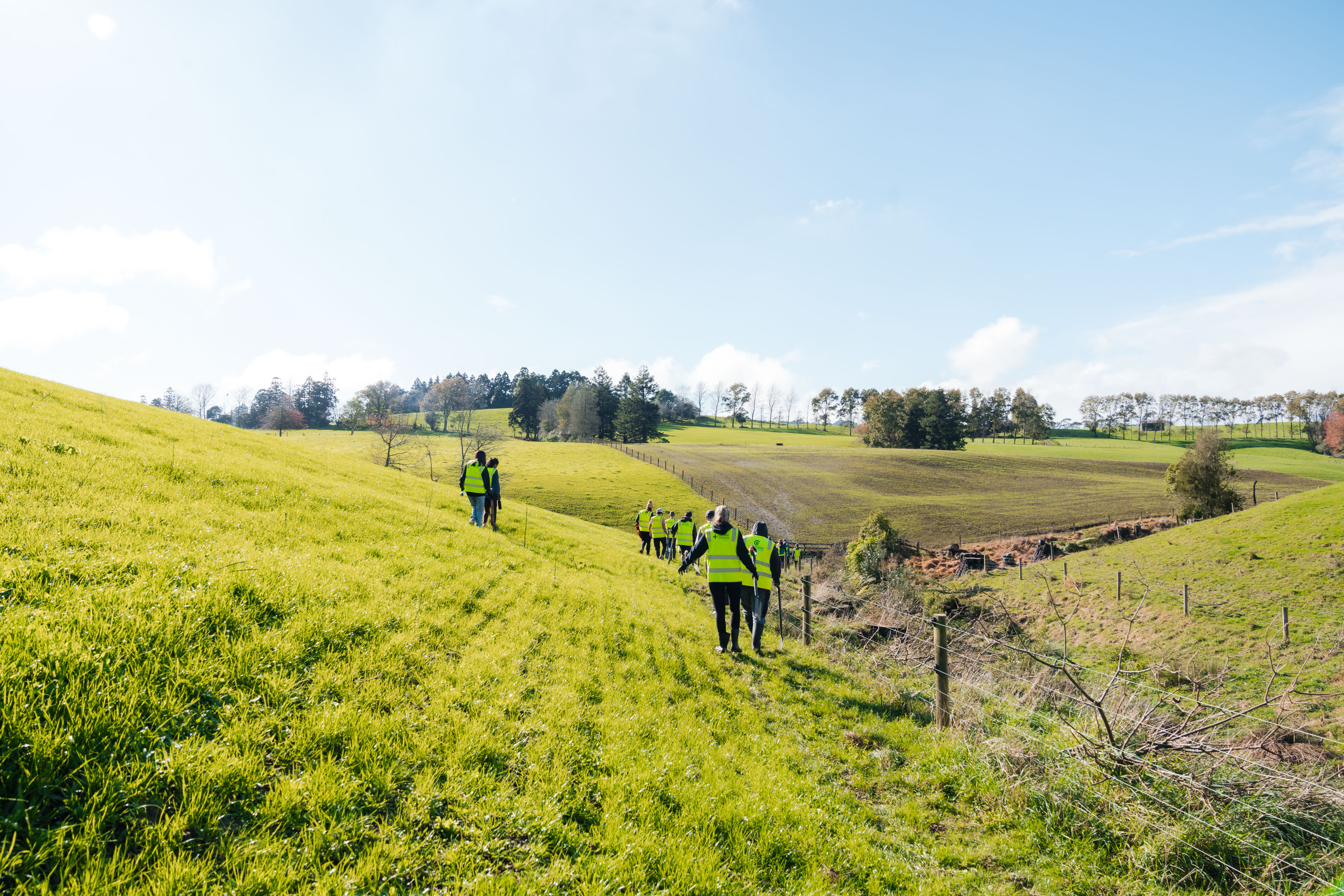How NOT to calculate your business carbon footprint


You've decided to measure your business carbon footprint. Good on you. But before you open that spreadsheet or call that expensive consultant, let's talk about what NOT to do. After helping hundreds of businesses measure their carbon footprint, we've seen every mistake in the book.
You download a carbon calculator template, spend weeks hunting for emission factors, and create a spreadsheet that would make an accountant weep.
Carbon calculation involves hundreds of emission factors that change annually. By the time you've figured out the difference between Scope 1, 2, and 3 emissions, you've lost weeks of productivity. Plus, that spreadsheet becomes obsolete the moment emission factors are updated.
Matthew, CEO and co-founder at Abraxas Labs put it perfectly: "I've manually calculated a carbon footprint and purchased carbon credits before and it was a fair amount of work."
If you're spending more time on carbon calculations than running your business, you're doing it wrong.
Hiring expensive sustainability consultants who charge thousands for a one-time carbon assessment.
Consultants might deliver a detailed report, but then what? You're left with a static document that's outdated within months, no ongoing measurement system, and a hefty bill that makes your CFO question your sanity.
Toni from a financial services firm shared their experience: "We'd used carbon consultants previously but the process took weeks for our finance team each year which got in the way of other priorities."
Consultants solve yesterday's carbon problem, not today and tomorrow's business needs. They're outdated.
Using free online calculators that ask for rough estimates and give you a ballpark figure.
These calculators are built for individuals, not businesses. They can't connect to your accounting data, don't account for your industry specifics, and provide numbers that wouldn't pass a basic audit.
As one business owner discovered: "While searching for an automated option, some have tried calculators that failed to meet their expectations."
Rough estimates won't satisfy clients asking for proof that you've had your carbon footprint measured accurately.
Spending months researching different methodologies, arguing about which expenses to include, and getting stuck in the planning phase.
Perfect is the enemy of good. While you're debating whether to include employee commuting in your Scope 3 emissions, your competitors are already taking action and winning sustainability-conscious clients.
Victor from a consulting firm got it right: "We were looking for a way to accurately offset our carbon as a company. I spent more time reading a competitor's website walkthrough than it took me to integrate CarbonInvoice into our company."
Action beats analysis every time.
Measuring your carbon footprint once, getting a certificate, and calling it job done.
Carbon footprints change monthly as your business grows. That one-time measurement becomes meaningless without ongoing tracking. Plus, clients increasingly want to see continuous improvement, not just a point-in-time snapshot.
Carbon measurement is an ongoing business process, not a one-time project.
Having carbon data scattered across multiple systems with no easy way to generate reports when clients ask for them.
When all the data lives in spreadsheets, email attachments, and reports across different folders, you can't respond quickly to client requests. You end up frantically searching through files, recreating calculations, and hoping your data is current enough to be credible.
Without integrated reporting, you're scrambling every time you need to submit a tender with sustainability asks.
If you can't quickly prove your carbon efforts, they might as well not exist.
Here's what successful businesses do differently:
SMEs connect carbon measurement directly to your accounting software. Whether they're using Xero or MYOB, there is a solution at hand.
They choose systems that update automatically as your business grows, not one-time calculations that become stale.
The best carbon tracking happens invisibly in the background while you focus on running your business. No business should take time away from their day-to-day responsibilities.
Having instant access to carbon reports becomes a competitive advantage when responding to tenders or client inquiries. While your competitors are scrambling to put a report together leaving the race altogether, you've already answered.
If your answer to this question is yes, then you're in luck - we have a solution for you: The CarbonInvoice App
Carbon measurement doesn't have to be complicated, expensive, or time-consuming. Here's how you can do it in 3 minutes:
Measure and act effortlessly in 3 minutes
